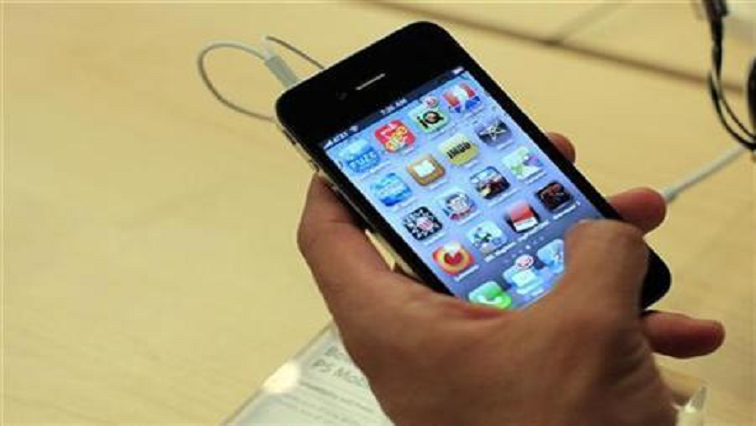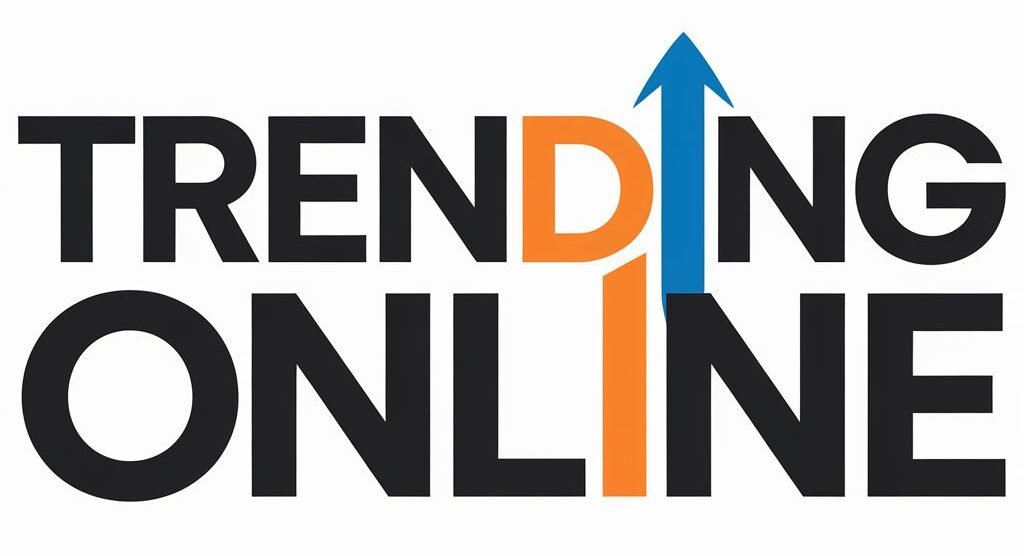Govt plans to make smartphones affordable as SA moves to 5G rollout – SABC News

The Communications and Digital Technologies Minister, Solly Malatsi, says government is looking at ways to make smartphones affordable as the country moves towards the 5G mobile connection.
Malatsi says everyone deserves to enjoy the benefits of accessing low-cost smartphones and the internet.
The Minister was speaking at the 45th SATA Conference taking place in Sandton, Johannesburg, under the theme “ICT connectivity and service delivery for the benefit of all.”
The Communications and Digital Technologies Minister, Solly Malatsi says far too many South Africans are still denied the chance to reach their full potential through digital technology.
This as some rural and urban areas across the country continue to face network and digital disparities due to delayed infrastructure build and red tape in the network industry.
However, Malatsi says South Africa is looking at ways to ensure that the network disparity gap is filled. “The South African government has taken the first step in terms of removing some of the artificial barriers for access with the removal of the nine percent at valerian excise duty on smartphones priced below two thousand five hundred rands this intervention serves as an example of the policy levers that governments can use to improve access but we know that governments alone cannot solve the challenges that continue to perpetuate digital exclusion it is through working together as partners in a shared mission that we can truly achieve the level of infrastructure investment that is required to ensure that our people can enjoy the benefit of connectivity.”
“Your transit to the heart of Africa, this is more than just a message at our company store, it is a commitment to facilitating seamless connectivity and positioning our region at the very center of Africa ‘s digital future.”
Millions of rural consumers are still relying on 3G phones due to the high cost of 5G smartphones.
Earlier this year, the South African government proposed to remove the luxury excise duty on smartphones worth below 2,500 rand to support digital adoption for low-income households.
But there are still more South Africans who are using the old basic mobile device on either 2G or 3G.
Malatsi explains, “So in terms of the sun setting of 2g and 3g, you know South Africa had an ambition stated from the six administration to ensure that by 2027 there’ll be that sunsetting. But in order to get to that, an economic assessment study has to be done to determine. For instance, what are the current penetration levels of usage for 2G and 3G? The reality is that we have to move toward. 4g and 5g, but we have to do so in a responsible manner that makes it inclusive so that we don’t lock people outside of connectivity because there is still a significant number of people, particularly in rural and poor communities in farming, in mining towns, that are still reliant on 2G and 3G.”
Meanwhile, African countries are making strides in internet penetration. Botswana has emerged among countries on the continent with a high internet penetration in sixth place. South Africa is ranked ninth, while Morocco took first place with the highest penetration of over 92% on the continent.
Botswana Fibre Networks (BoFiNet) Commercial Executive, Keabetswe Segole, says the company is committed to facilitating seamless connectivity.
The conference is continuing this week with panel discussions focusing on rural connectivity.
VIDEO | 45th SATA Annual Conference:
